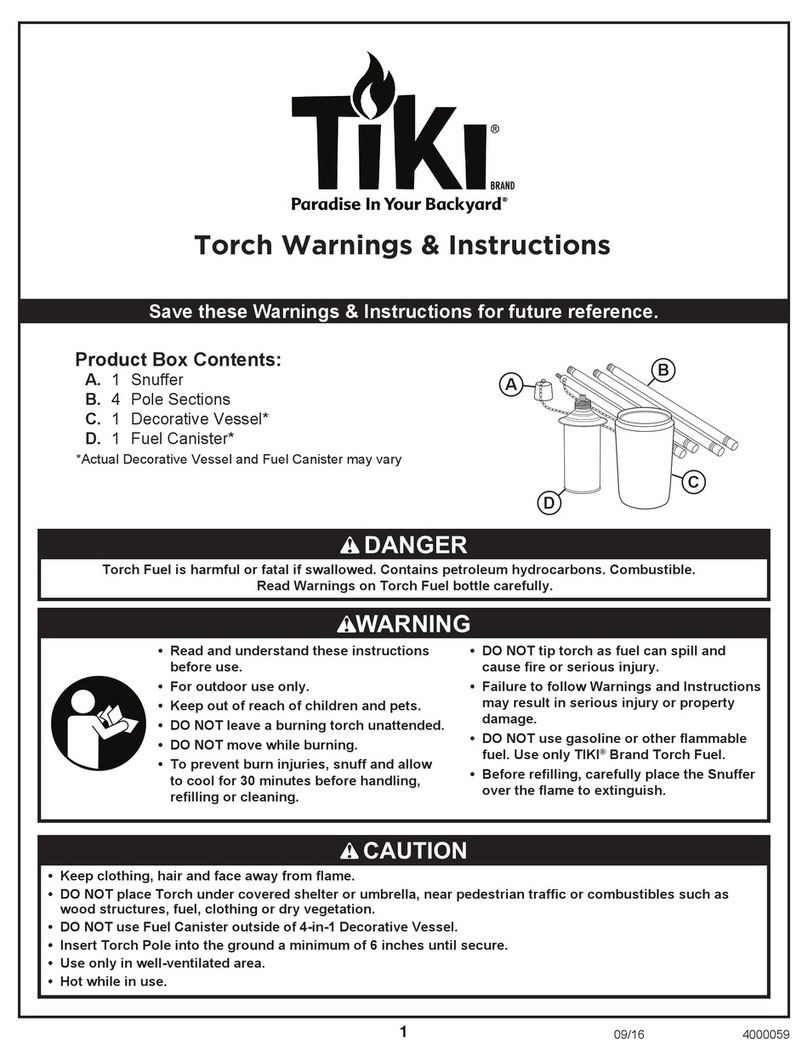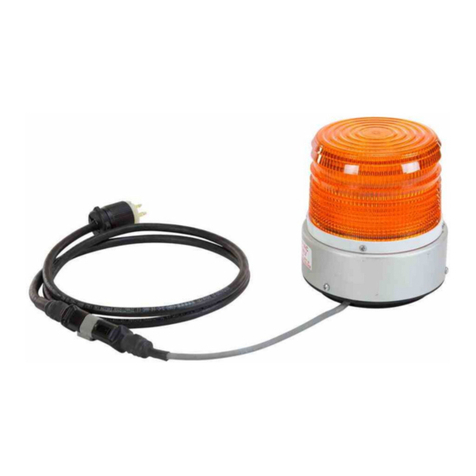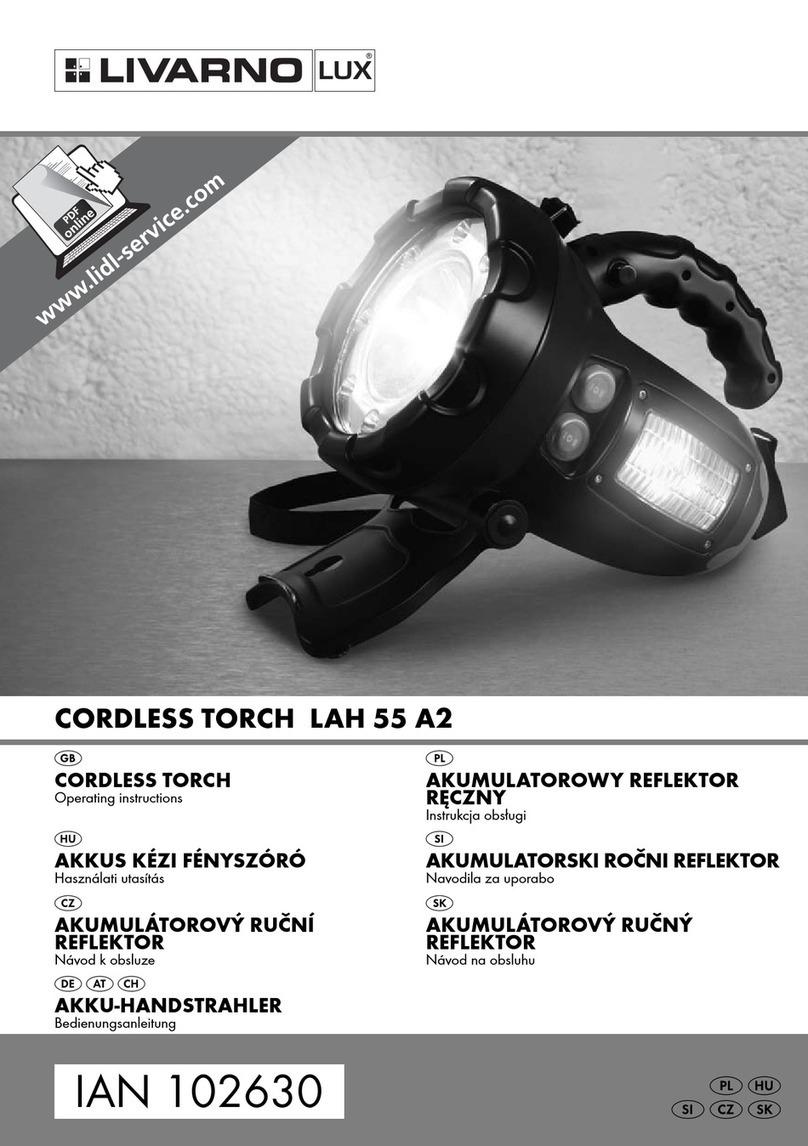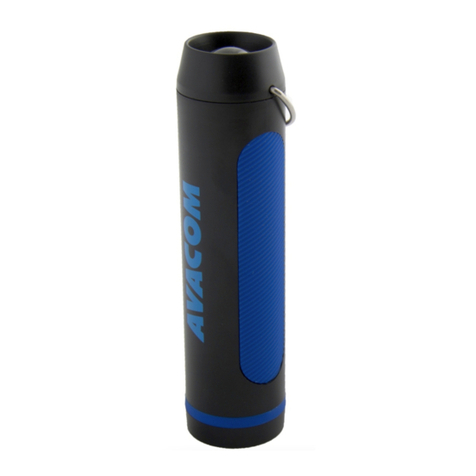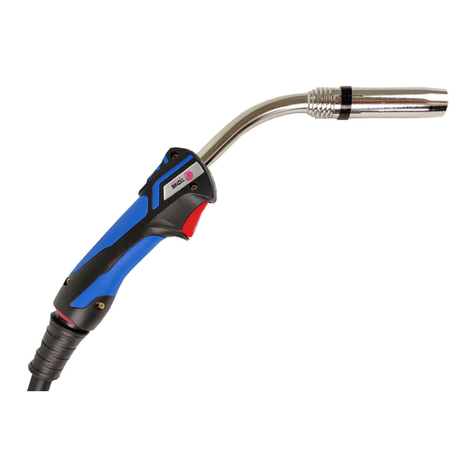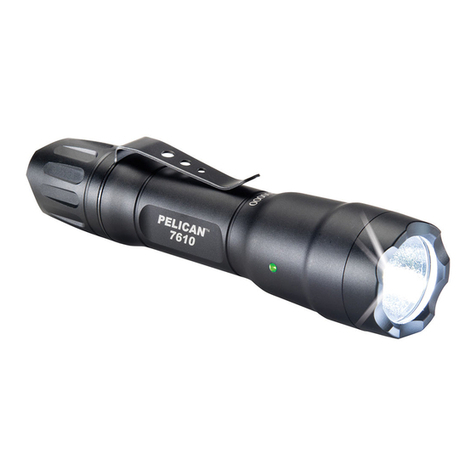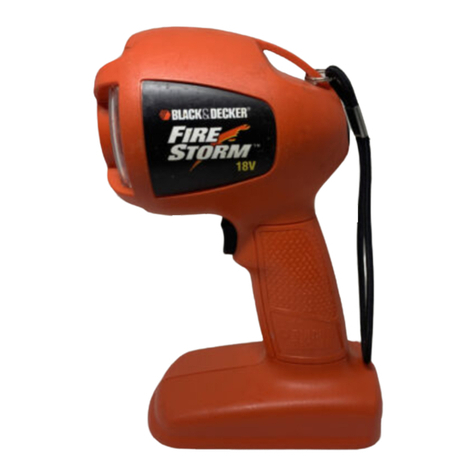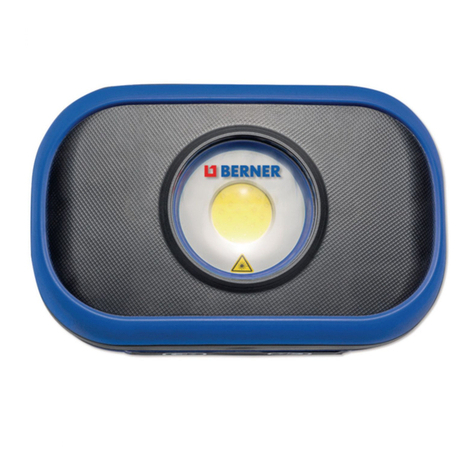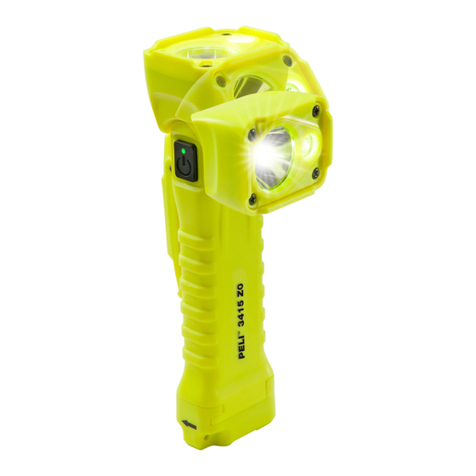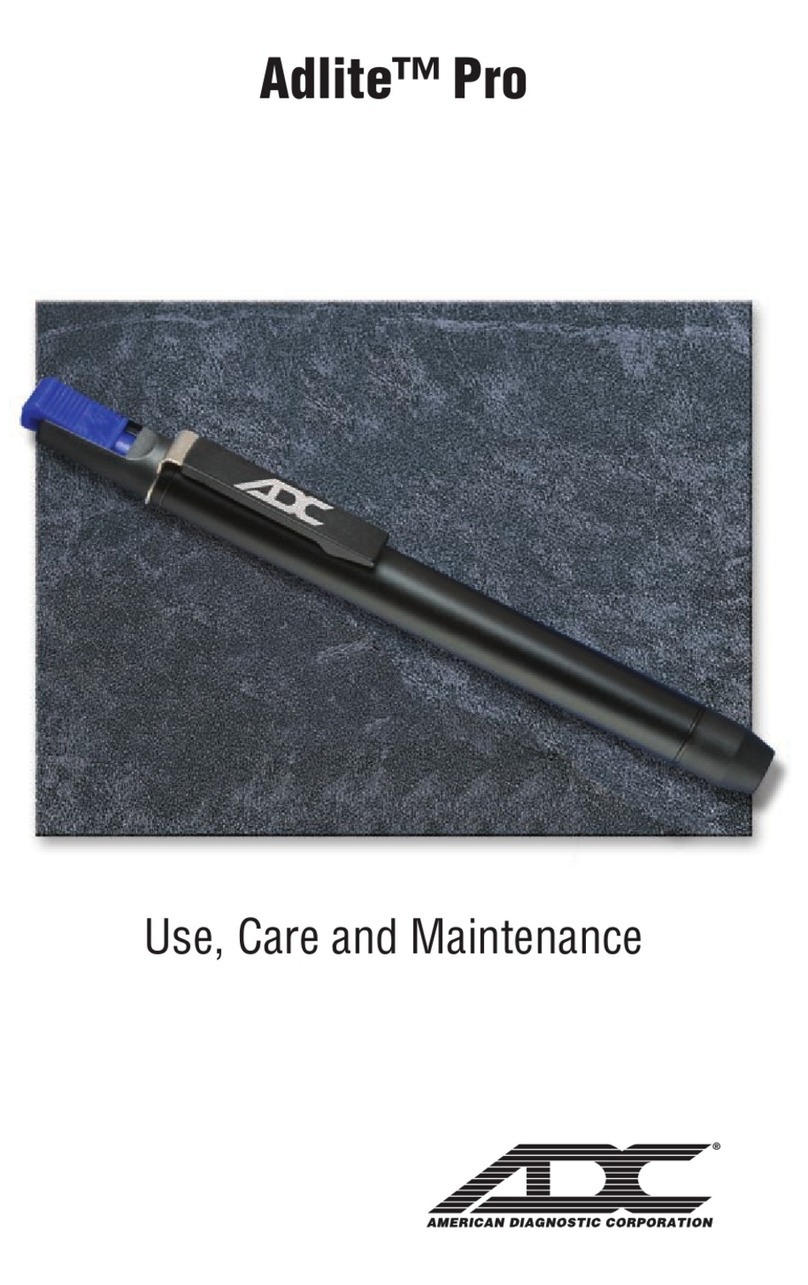2. Intended use
6
You can use the testo 476 in a variety of industrial, laborato-
ry, R&D and academic environments.
Most commonly, the testo 476 is used to make objects
which are moving at high speeds appear to be moving in
slow motion. When this occurs, you can then safely and
easily analyse their motion, check for proper registration,
determine sources of unwanted vibration, etc.
Also, you can use the testo 476 to apparently “freeze” an
object’s movement. Without making contact, you can
accurately measure the object’s rotational speed or recipro-
cation rate.
Unlike other portable stroboscopes, the testo 476
(XENON-)stroboscope takes only one hand to operate.
Typical applications include use with:
- High speed assembly lines, conveyor systems,
bottling operations, etc.
- Printing presses and cloth looms
- Motors, fans, pumps and turbines
- Calibration and inspection equipment
- Monitoring laboratory & research applications
Your testo 476 hand-held stroboscope comes with the fol-
lowing items:
- testo 476 Stroboscope
- Universal mains unit (100...240V AC)
and 4 adapters specific to country
- External Trigger Jack
- Carrying Case
- Instruction Manual
3. Delivery range
